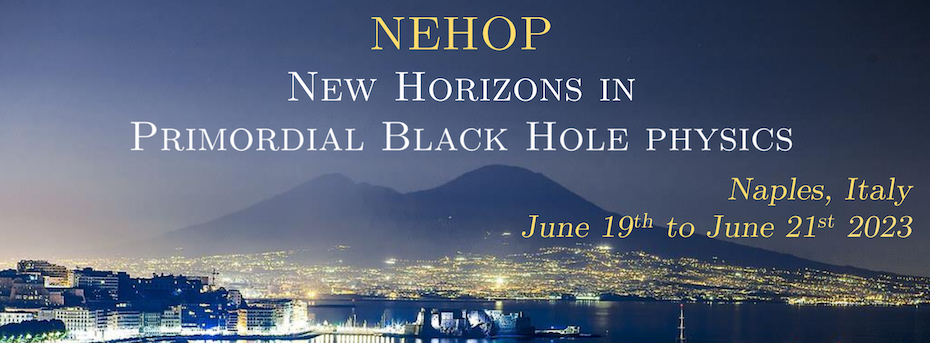Conveners
Session 9
- Chair: Marco Taoso
I will describe superradiant particle production in the context of primordial black holes, discussing its cosmological and astrophysical relevance. In particular, I will focus on the superradiant production of axion-like particles and other exotic bosonic particles that they may account for (a fraction of) dark matter. I will discuss particle production by primordial black holes in the...
Even a small population of primordial black holes with masses above a solar mass could profoundly impact the properties of the intergalactic medium. In this talk, I will show that future observations of the 21cm transition in neutral hydrogen during the cosmic dawn will likely provide one of the most stringent tests of solar mass primordial black holes.
I will present how we can use high-energy astrophysics at multiple wavelengths to constrain PBH DM. First, I will show how old data from INTEGRAL/SPI in the MeV band can be exploited to set the strongest bounds on evaporating PBH. I will also review how we can use GeV to TeV observation to probe PBHs, even if not providing very competitive results. Finally, I will move towards stellar-mass...
Light Dark Matter has recently gained a lot of attention. Generally, direct detection of sub-GeV Dark Matter is challenging since it induces low recoil energies. The problem is solved by considering light Dark Matter with considerable kinetic energies. In this talk, we point out that Primordial Black Hole evaporation is a source of boosted light dark Matter with energies of tens to hundreds of...
Formed in the earliest second of the universe, a galactic halo population of Primordial black holes (PBH) are a simple solution to the dark matter (DM) problem. A halo population of PBHs in the Milky Way may be detected on Earth using small-scale gravitational lensing, or ‘microlensing’.Several decades of microlensing research have gone into constraining the potential range of PBHs and their...

